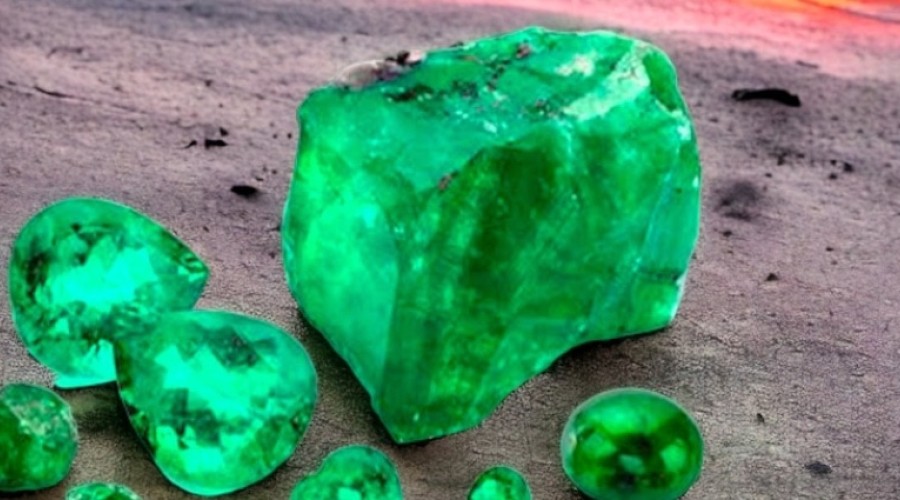Discover the Secret Power Of May's Birthstone

The birthstone for May is the emerald. The name "emerald" comes from the Greek word "smaragdos", meaning "green gemstone."
The emerald has been prized for its beauty and rarity for thousands of years and has been associated with various legends and myths. In ancient Egypt, emeralds were believed to symbolize fertility and rebirth and were often buried with mummies as a symbol of eternal youth.
Emeralds are still highly prized for their beauty and rarity and are often used in high-end jeweller
In ancient Rome, emeralds were thought to bring good luck and were often used in jewellery and amulets. The Roman philosopher Pliny the Elder wrote that the emerald had healing powers and could soothe the eyes.
According to some medieval legends, emeralds were believed to protect the wearer from evil spirits and to have the power to predict the future. In addition, the emerald was thought to have the ability to cure a range of illnesses, including fever and epilepsy.
Today, emeralds are still highly prized for their beauty and rarity and are often used in high-end jewellery. The most valuable emeralds are found in Colombia, but they are also found in other countries such as Brazil, Zambia, and Zimbabwe.
Several factors can influence the value of an emerald. These include:
-
Colour: The most important factor determining an emerald's value is its color. The most valuable emeralds are usually a rich, vibrant green with a bluish tint. The colour should be evenly distributed throughout the stone and not too light or dark.
-
Clarity: Emeralds often have inclusions or internal flaws, which are referred to as "jardin" (French for "garden"). However, the value of an emerald can be significantly affected by the number, location, and visibility of these inclusions. A clear, transparent emerald with minimal inclusions will be more valuable than one with many visible flaws.
-
Cut: The cut of an emerald can also affect its value. A well-cut emerald will have a symmetrical shape, good proportions, and a polished surface that enhances its brilliance and colour.
-
Carat weight: Like other gemstones, the value of an emerald increases with its size. However, larger emeralds are rarer and more valuable, so the price per carat may also increase significantly as the size increases.
-
Origin: The geographic origin of an emerald can also influence its value. Emeralds from Colombia are generally considered to be the most valuable, followed by those from Zambia, Brazil, and other locations.
Overall, a combination of these factors determines the value of an emerald. A high-quality emerald with excellent colour, clarity, and cut, and a large size and desirable origin can command a very high price in the market.
